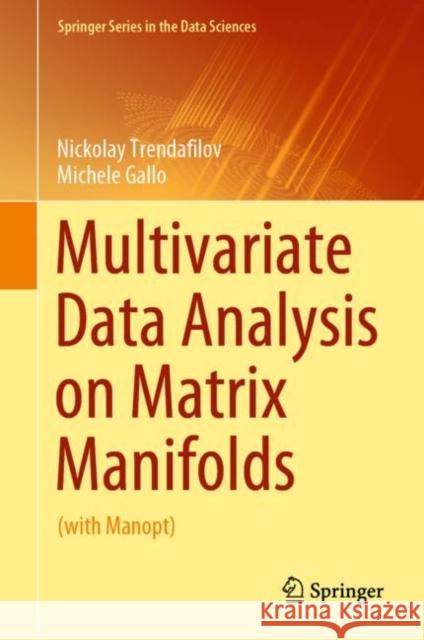Multivariate Data Analysis on Matrix Manifolds: (With Manopt) » książka
topmenu
Multivariate Data Analysis on Matrix Manifolds: (With Manopt)
ISBN-13: 9783030769734 / Angielski / Twarda / 2021 / 452 str.
Kategorie:
Kategorie BISAC:
Wydawca:
Springer
Seria wydawnicza:
Język:
Angielski
ISBN-13:
9783030769734
Rok wydania:
2021
Wydanie:
2021
Numer serii:
000904336
Ilość stron:
452
Waga:
0.90 kg
Wymiary:
23.88 x 20.07 x 2.54
Oprawa:
Twarda
Wolumenów:
01











